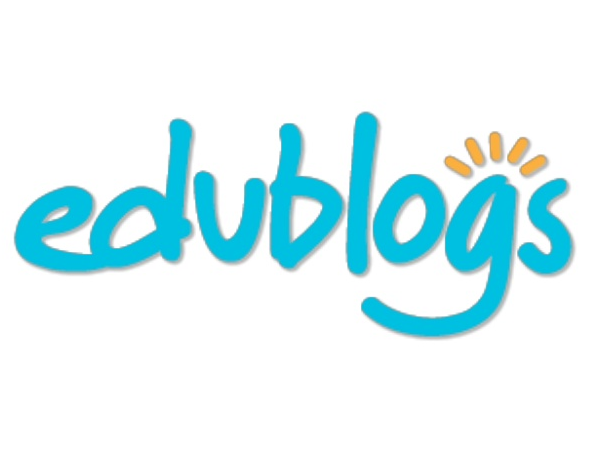Empowering students with language-based learning differences

Siena Blog



The Siena School Blog
Discover, Learn, Celebrate, and Empower
Welcome to Siena's blog, your source for helpful, cutting-edge resources tailored to teachers, parents, and other advocates in the learning differences community. We are dedicated to providing a wealth of curated knowledge spanning various topics, ranging from dyslexia advocacy and awareness to classroom teaching strategies, heritage month profiles, and social and emotional health.
Education + Blogging = Edublogs

By Maya Furukawa, Middle School English Teacher at The Siena School
There is a multitude of uses for blogging that many of us interact with daily. Perhaps you write a parenting blog. Perhaps you read a cooking blog. Perhaps your best friend has a movie review blog with thousands of followers. Perhaps, like me, you write a blog just for yourself, tucked away in the depths of the internet.
Either way, blogging is a part of many people's daily lives. And it can be done at school.
What's defined as a "blog"?
According to Merriam-Webster's online dictionary, a blog is "a website that contains online personal reflections, comments, and often hyperlinks, videos, and photographs provided by the writer". There are teacher blogs, like Science Fix, which highlights classroom experiments. There are cooking blogs, like Food52. There are even blogs about blogging! And, of course, there is The Siena School's Blog on which you are reading this.
Why Blog in School?
In her post, "Why Teachers and Students Should Blog: 18 Benefits of Educational Blogging", Kathleen Morris states that "there can be so many educational benefits from having a well-run classroom blogging program." She goes on to list some of these benefits:
- Owning Your Content
- Creativity
- Home-School Connections
- Digital Citizenship
- Social Skills and Confidence
- Developing Thinking
- Reflections
- Classroom Community
- Global Connections
- Purposeful, Productive, and Fun!
Put simply, the benefits of blogging are what you make them. They allow students to express themselves through narrative writing, informative writing, analytical writing, and more. They provide a platform through which students may share not only their thoughts and feelings but, in certain cases, images and videos that go with them. They allow students to interact with one another (as well as the teacher!) in a different and interesting way. Perhaps most importantly, blogs provide students with a specific skill (blogging) which is supported by a plethora of additional skills (composition, editing, proofreading, writing for a specific audience) which they will continue to utilize in their adult life, both professional and personal.
Why Edublogs, Specifically?
Edublogs is precisely what it sounds like: a blogging platform intentionally centered around education. On its homepage, one can read the words, "EASY BLOGGING FOR EDUCATION" in bold, white letters. It allows the teacher to:
- Create student accounts
- Moderate the content of student blogs
- Control blogs' privacy settings
- Leave private comments on student writing
- Organize students into groups, and
- Monitor student progress
Because of the ample teacher control — and because one can set student blogs to be as private as they desire — this platform lends itself wonderfully to education.
What Does This Look Like in a Classroom?
In my English 6 and English 7 classes, students access and write on Edublogs every Monday-Thursday, as their warm-up at the start of class. They are provided with a variety of prompts — some personal, some academic — to which they respond. For example:
- Introduce yourself to an unfamiliar audience.
- Write a story about where you see yourself in three years.
- Compose a diary entry from the point of view of your research subject.
- Write a story (fiction or nonfiction) using at least six of your vocabulary words.
- Read "The Rose That Grew From Concrete" by Tupac Shakur. Then, write a poem about something beautiful coming from something mundane/plain.
I generally provide 5-10 minutes at the beginning of each class to work on these and two days for students to complete each blog post. In my classroom, students' blog privacy settings are set such that only other students in my Edublogs "class" can read their posts. Every few weeks, students take their regular blog-writing time to read and comment on their peers' posts.
Here are some examples of their work:
The Outcome
For the last two years, students in my classes wrote journal entries. These journals were composed 2-3 times per week and were written in response to prompts very similar to those being used on Edublogs this year. However, students are far more engaged in composing their blogs than they ever were with their journals. They are excited to read their peers' compositions and leave positive comments for them. After all, wouldn't you rather read blog posts than a document in Google Drive?
Interested in Learning More?




